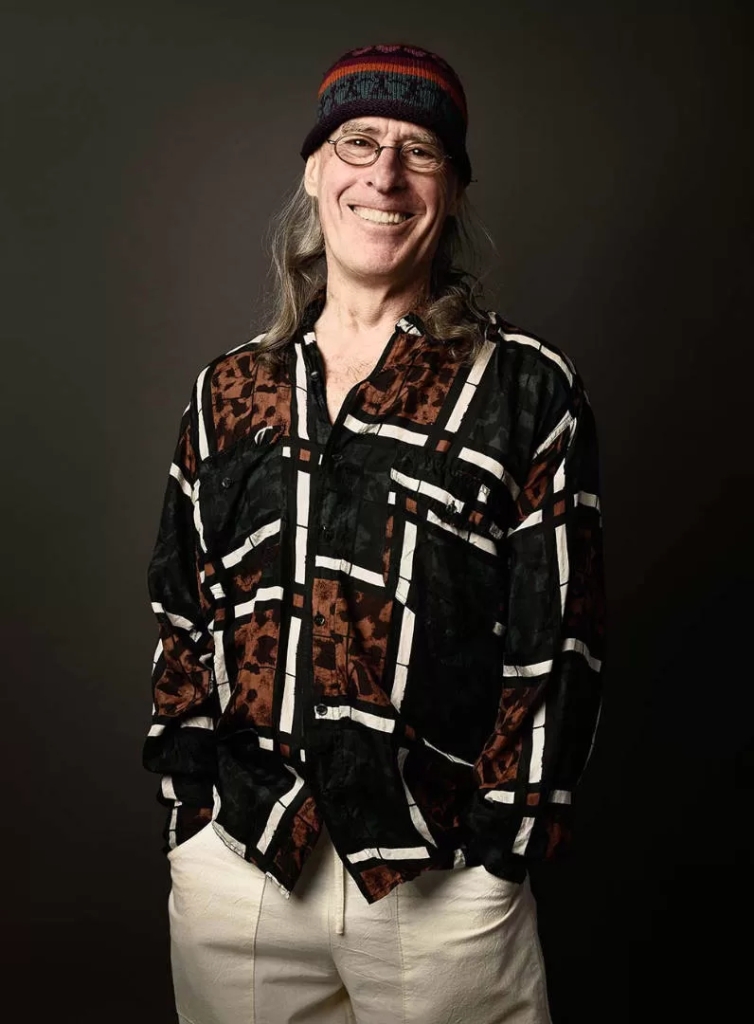This is a tremendously tardy report. For full disclosure, I currently am on bed-pan duty with a friend of over a half century. Hence, the spirit is both willing and frustrated in both directions. God bless her and you who read my prose every so often. That said, here goes.
Nothing can quite match May student show case performances. Students strive to be included, parents arrive to assess their offspring and dance lovers sit hoping to be impressed. I can say with confidence that San Francisco Ballet Students’ 2023 had a goodly share of roaring successes with a student roster I counted as 173. Over the last dozen years, retiring School Director Patrick Armand has built an excellent roster of teachers, bringing Karen Gabay from the late lamented Ballet San Jose, plus Larissa Ponomarenko and Victor Plotnikov from Boston Ballet and the teaching circles of Massachusetts, to provide their heritage and expertise in the Vaganova and other Russian traditions.
Frankly speaking, for a number of years the school and company has met its share of diversity in the realm of Asian aspirants. Leslie Young, who became a soloist and now mounts Lew Christensen’s witty choreographies, was one of the early examples of talent beyond Caucasian ancestry. Then Dance in the Schools with the incredible Ruth Bossieux and Crystal Mann opened opportunity for public school children to be exposed to the rigorous demands of classical ballet.
And from that exposure came definite results. I remember fondly Chidozie Nyserem, now shining and teaching in Germany, and Ikolo Griffin, whose post SF Ballet corps career included Dance Theatre of Harlem, the Joffrey Ballet, his own speciality called “Just Turns” until he became part of the faculty at Pacific Northwest Ballet’s school, in addition to the Adonis-like figure of Duncan Cooper,
now providing special workshops. This year’s contribution Jacey Gailliard, a trainee. If she was the one in the school technical registration presiding over her technique like a Maria Therese, ballet lovers have lots to regard with real excitement.
After Intermission and thanks to Larissa Ponomorenko, Frescoes comprised a staging of Arthur Saint Leon and Marius Petipa to Cesar Pugni music, a trifle designed to showcase the charms and technical brilliance of four young damselsin mid-late 19th century St. Petersburg. It was followed by Dana Genshaft’s Stereo is King, a century and world away in taste to Mason Betes’ music, danced with earnest intensity by eight young dancers. YBCA’ as a venue allows an audience to catch that fervor. And just before the second intermission, the finale of Lew Christensen’s Beauty and the Beast displayed the roster of senior students. Staged by Betsy Erickson and Jeffrey Lyons, it makes one hope more of Lew’s creativity will surface in coming seasons.
Following the second intermission Myles Thatcher’s latest creation, After Light to a score by Lyan V. Lott, received its premiere, making striking and prolonged use of the dancers’ hands in murky stage lighting, thirty-four pairs of them. Various groupings, one might expect amongst adolescents, joining, not joining, included and not included. One of the most interesting Thatcher essays to date, I would like to see it again whether on student or professional.
I also want to mention a student who is gifted not only technically and with an ability to pour herself into an assignment with liquid as well as dramatic ease. Her name is Nancy Galliard and she is a distinct pleasure to behold. I would like to predict a future principal dancer.

